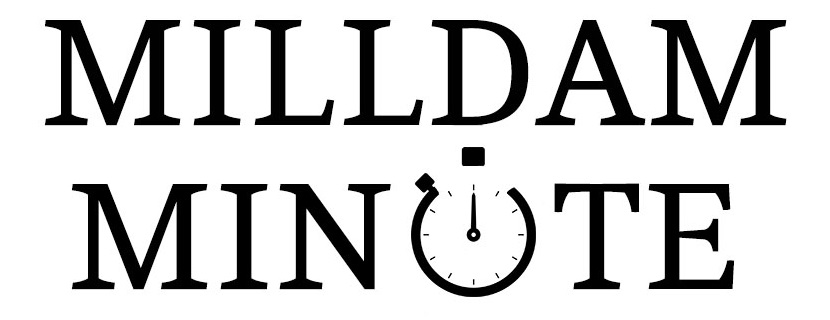I was recently reminded how important it is to always set client expectations and to manage those expectations throughout the life of a campaign or project. While these prearranged guidelines are arguably even more important when it comes to PR, mostly due to the unpredictability of media coverage, I believe that there are a few points to setting expectations that can be applied to just about every professional services provider. As with most things, communication is a key ingredient to ensuring a smooth expectations process.
Whether working with an internal PR team, starting a new client, or embarking on a campaign, it’s important for all participants to be clear about each party’s assumptions. These are the three primary actions to take to align expectations from start to finish:
Lay Everything Out at the Beginning
One of the keys to managing client expectations is to be open about everything from the get-go. This should include a comprehensive list of deliverables and/or milestones. If it’s a long-term engagement (most of our relationships extend over multiple years), you should provide a long-term snapshot of what’s to be expected throughout the life of a contract.
It’s also imperative to manage how likely something is to happen. This is especially true in the field of public relations. Since reporters have their own topics of interest that may or may not align with a client’s current project, it’s imperative that everyone involved understands that a PR campaign is a marathon and not a sprint; results occur over time and can be challenging to measure without a lengthy amount of time dedicated to your PR plan.
Another key item to address at the beginning of an engagement is how often you will be in touch throughout the course of a project. We find that this exact arrangement is determined on a case-by-case basis and each client requires a customized reporting schedule. For example, some clients want to constantly check-in and be updated on a weekly basis, while others want to hear from us only as developments arise (typically once a month). It’s important to work these details out ahead of time to avoid confusion once the project is underway.
Establish Regular Communication
Communication doesn’t necessarily refer only to frequency, but also in the way in which you relay important pieces of information. As I mentioned above, some clients do not want regular reviews on a weekly basis. However, that doesn’t mean that you shouldn’t pass along important pieces of information in a timely manner. For example, if we get a great article placement for a client, we will pass that on once it’s published. Also remember, even though a client does not want frequent meetings and check-ins, it doesn’t mean that they’re not thinking about your work and success of the PR campaign. Passing on regular pieces of information is an important activity to maintaining a strong relationship.
The other important component of communications is setting and meeting deadlines. This is especially true in public relations, where we manage byline articles that must be to the editor by a specific date or briefings for a feature piece. In other industries, deadlines must be met when applying to and securing speaking roles at industry conferences. Missing a submission date or omitting something from a speaking abstract due to lack of communication (from either contributing team) can mean the difference between getting in front of 500 people and none at all.
Always Be the First to Deliver Bad News
This is one of the most important points when managing client expectations. No matter how much effort is put in, it’s inevitable that something unfortunate will come up: a milestone isn’t reached or some part of a campaign takes an unexpected turn. If you run into an issue that is going to adversely affect the client and their PR campaign, you must bring it to their attention quickly and with full transparency. The longer you sit on an issue, the worse it will strain your relationship. You especially do not want the client to find out a piece of negative news from another source. Not only could you harm the relationship, there’s a good chance of losing the account altogether.
If you do run into an issue, the best course of action is to create a plan to move forward and mitigate the issues as best as possible. Even though you’re delivering bad news, if the client has a sense of confidence in your ability and can see a clear path forward to get to the desired results, you can press on.
If everyone’s expectations are aligned from the start and maintained through regular communication, a PR campaign is set up for success. I’ve been fortunate to engage client relationships that last anywhere from a few weeks to several years (and counting!). Such longevity is made possible by building a relationship that is based on clarity and mutual understanding.

Adam Waitkunas authors the column “Anecdotally Adam” and is President of Milldam Public Relations.




